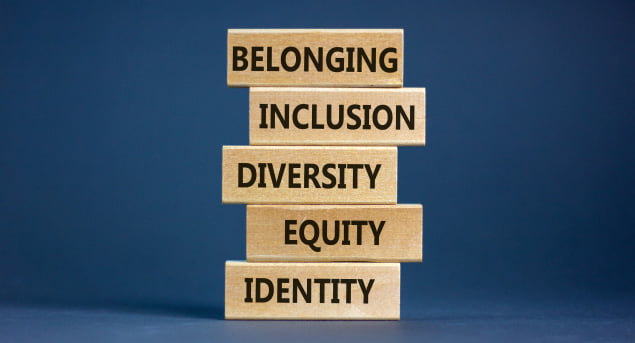The Real Frontier
Throughout our history, the concept has sparked imaginations, and invoked notions of a dynamic way of life. While this can sometimes be true, the frontier also reflects racial and geographic inequity in America.
Fifty-six percent of America is considered to be frontier, with over 12 million people living in remote areas. Despite differences, these communities share issues common to sparse populations that are chronically underserved by traditional public policy frameworks.
NCFC works to drive better-informed public and economic policy that recognizes frontier variations so these communities can thrive. This means clear paths to federal and state funding and programs, equitable resource distribution, infrastructure, and effective regional and community non-profit organizations.
Definitions
American frontier lands are remote, and often historically indigenous. They are rural and agricultural. They are towns built around mining and other natural resources. They include reservations, trusts, and other federally controlled areas managed by the forest service, military, national parks, the Bureau of Land Management, and other agencies.
It’s critical that policymakers, governments and organizations share a baseline definition. Today there isn’t one inclusive and complete definition – though NCFC is driving ongoing efforts to create one at a federal level.
NCFC Composite Designation of Frontier Counties
A three variable matrix of population density, travel time, and distance to market/service centers is used to describe frontier communities to address creation and maintenance of basic infrastructure and services. These variables determine day to day access to food, utilities, and provisions, as well as medical and emergency support.
- Density of between 12 and 20 persons per square mile
- Distance to a service/market between 30 and 90 miles
- Travel time to service/market between 30 and 90 minutes





